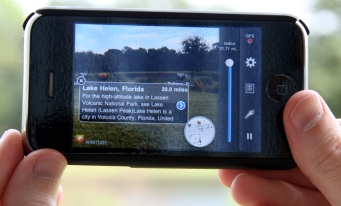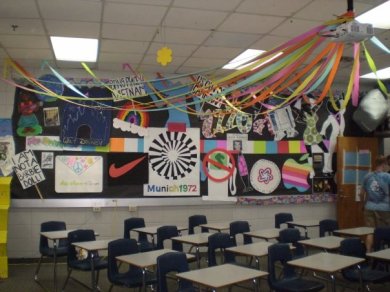I loved this class so much! As a future teacher, I found the information we covered in this class and the projects we completed to be extremely useful and helpful. Justine was so organized and always had great activities planned for us. I am glad that I got to continue to use my blog that I made in one my education classes last year. The blog is such a cool way to reflect and respond to things I am learning about or discovering as I travel on the road to becoming a teacher! As I student, I appreciated the LAD project because we were given plenty of time to complete it and it was an interesting project to complete. I liked that we were able to choose whatever topic we wanted and create the website pretty much in whatever way we wanted. We were given a lot of freedom while also knowing what was required of us.
I think that technology integration in education can be such a wonderful thing if used in meaningful and appropriate ways. In this class, we learned about many different ways that technology can be incorporated into classrooms, and the benefits as well as drawbacks of using certain things. Overall, technology can be a great tool in the classroom, but teachers as well as students must be properly trained in how to effectively use it. I definitely think that the use of technology will greatly increase in classrooms over the next few decades. Things like augmented reality and interactive whiteboards will most likely become a much more common feature of classrooms across the country and even world. I am excited to continue to learn more about using technology because I think it can provide awesome opportunities for students to delve deeper into learning.
The one suggestion I have for this class is maybe to change the stop animation project to a different kind of project. Although I enjoyed this project and it gave me a new appreciation for stop animation, I didn’t see as much usefulness in it as say the LAD project and the reflections on the blog. But that could also just totally be personal opinion! Again, I loved this class and learned a lot from it. Thank you, Justine!













